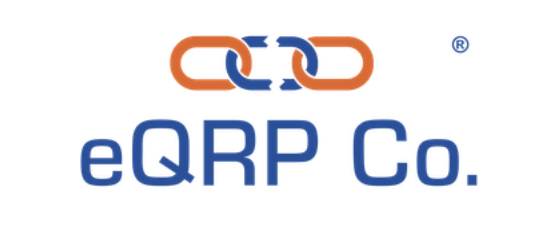What is the Equity Multiplier?
As passive investors, it pays to have a complete understanding of the menu of metrics provided to you by deal sponsors for multi-family assets. One of those metrics is the equity multiplier. This simply measures the percentage of the assets value that is equity.
Calculation
The equity multiplier is calculated by dividing the total asset value by the shareholder’s equity in the deal. This ratio helps investors understand the extent of leverage in the deal. Because banks are risk averse, lenders favor a lower equity multiplier, meaning that more equity is used in the deal versus debt. Investors, on the other hand, are more likely to prefer leverage to equity due to its lower cost and there fore a higher equity multiple would reflect this ideal.
Example
As an example, if a team invests $300,000 into a $1,000,000 deal, the equity multiple is 3.33 ($1,000,000 divided by $300,000). If the team invests more or if they achieve a lower price then he equity multiple becomes lower.
Caution
The reason that lenders want equity in the deal as oppose to enormous leverage is because leverage creates risk to the investor and default risk to the lender. Although the use of leverage allows for leveraged returns, which is a unique and fundamental characteristic of real estate makes it attractive to investors, leverage must be used with caution and understanding. Usually, lenders will lend no more than 80% loan to value, meaning that investors must cover a down payment of at least 20% when they take down the asset.
Finally, any ratio-based metric is simply a calculation of two variables. Multi-family investing is much more dynamic than two variables; therefore, no investment decision should be made on the basis of one or two metrics alone. Even as passive investors, it pays to underwrite. Get to know your sponsor well, understand the market, and practice the skill of underwriting.
💡Invest Your Retirement w/ eQRP
– How To Use Your 401k To Invest In Real Estate


